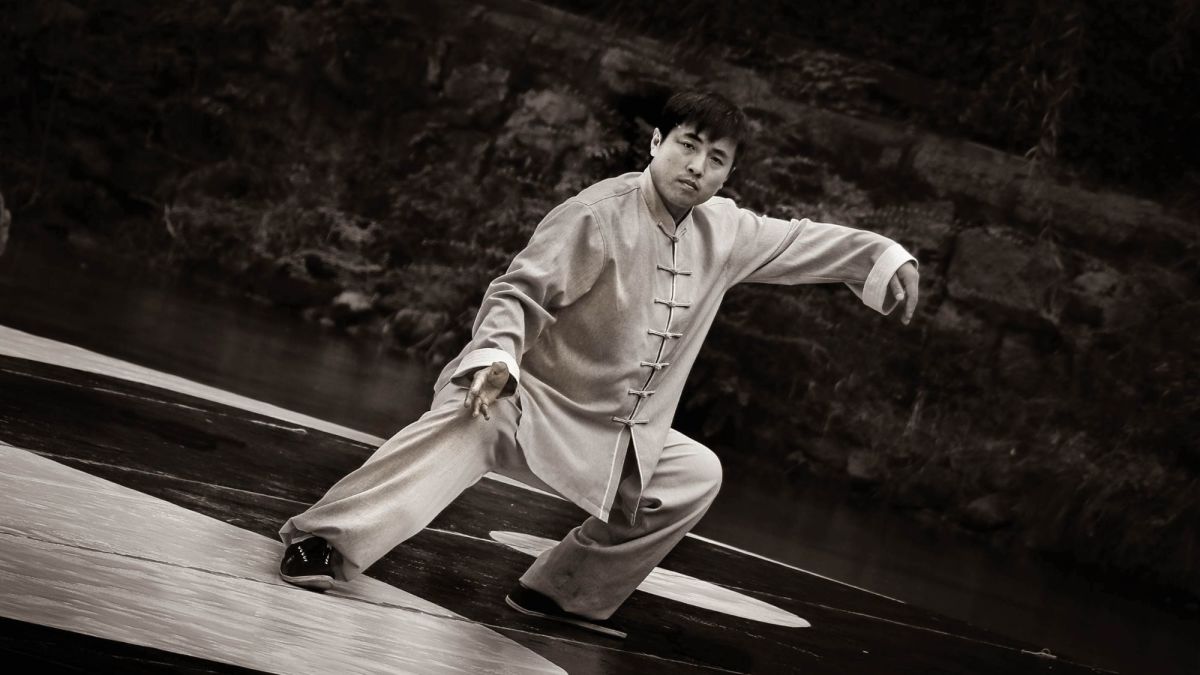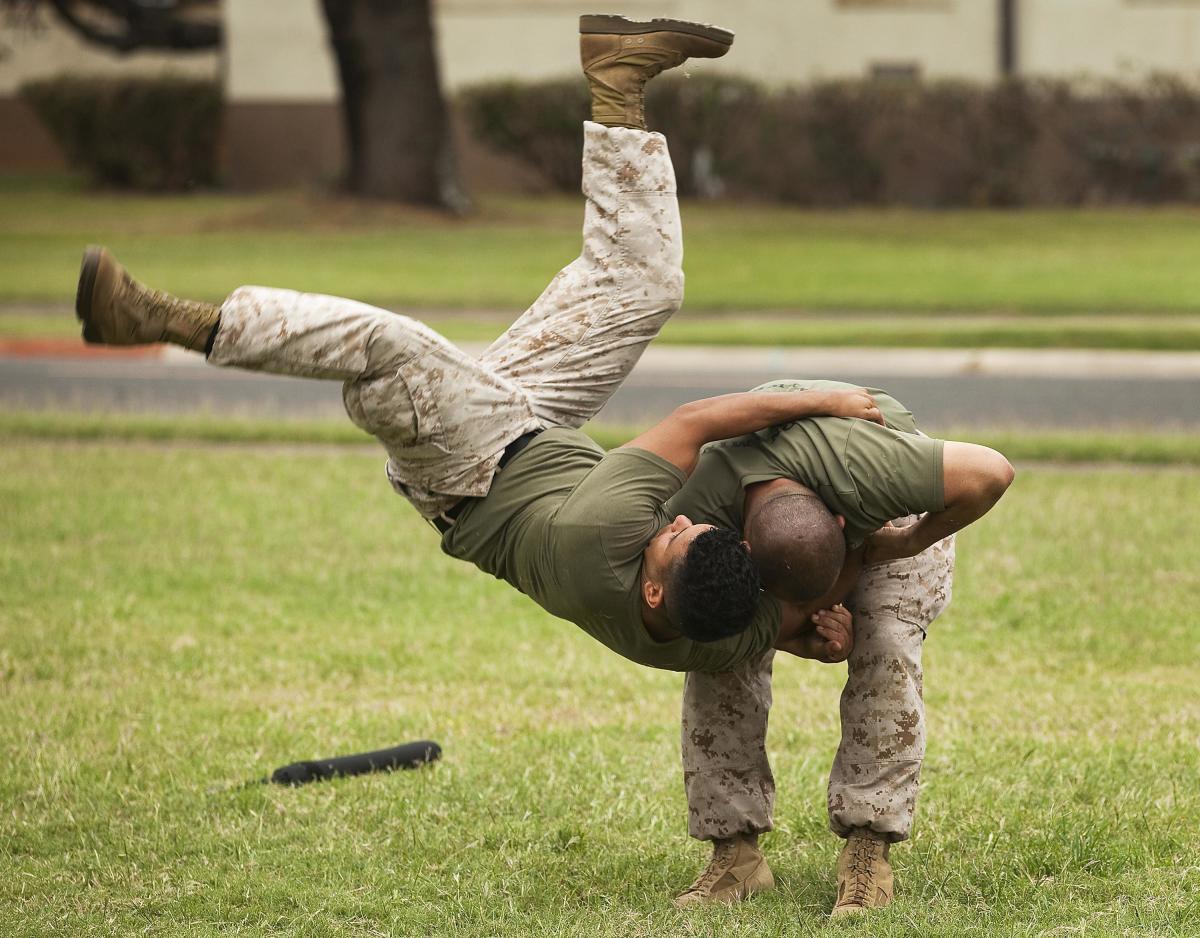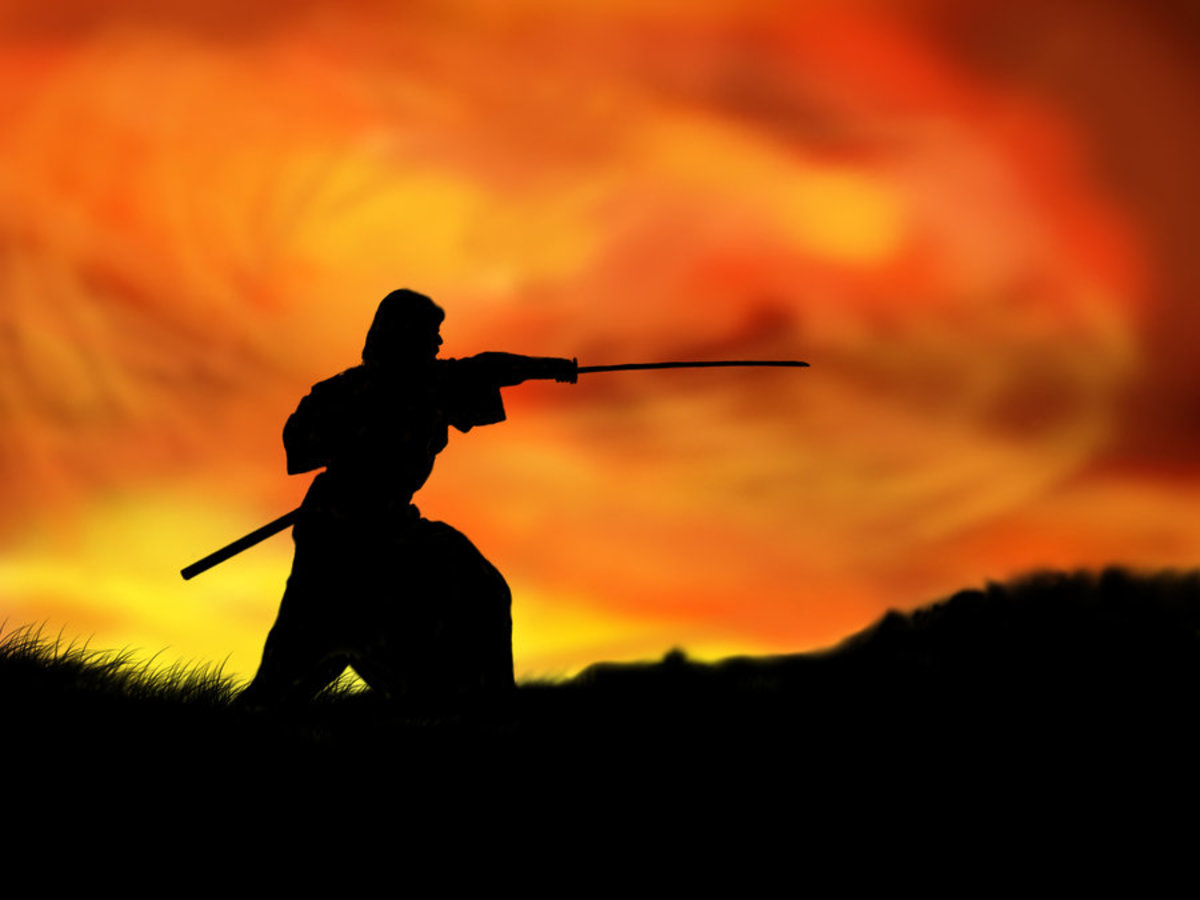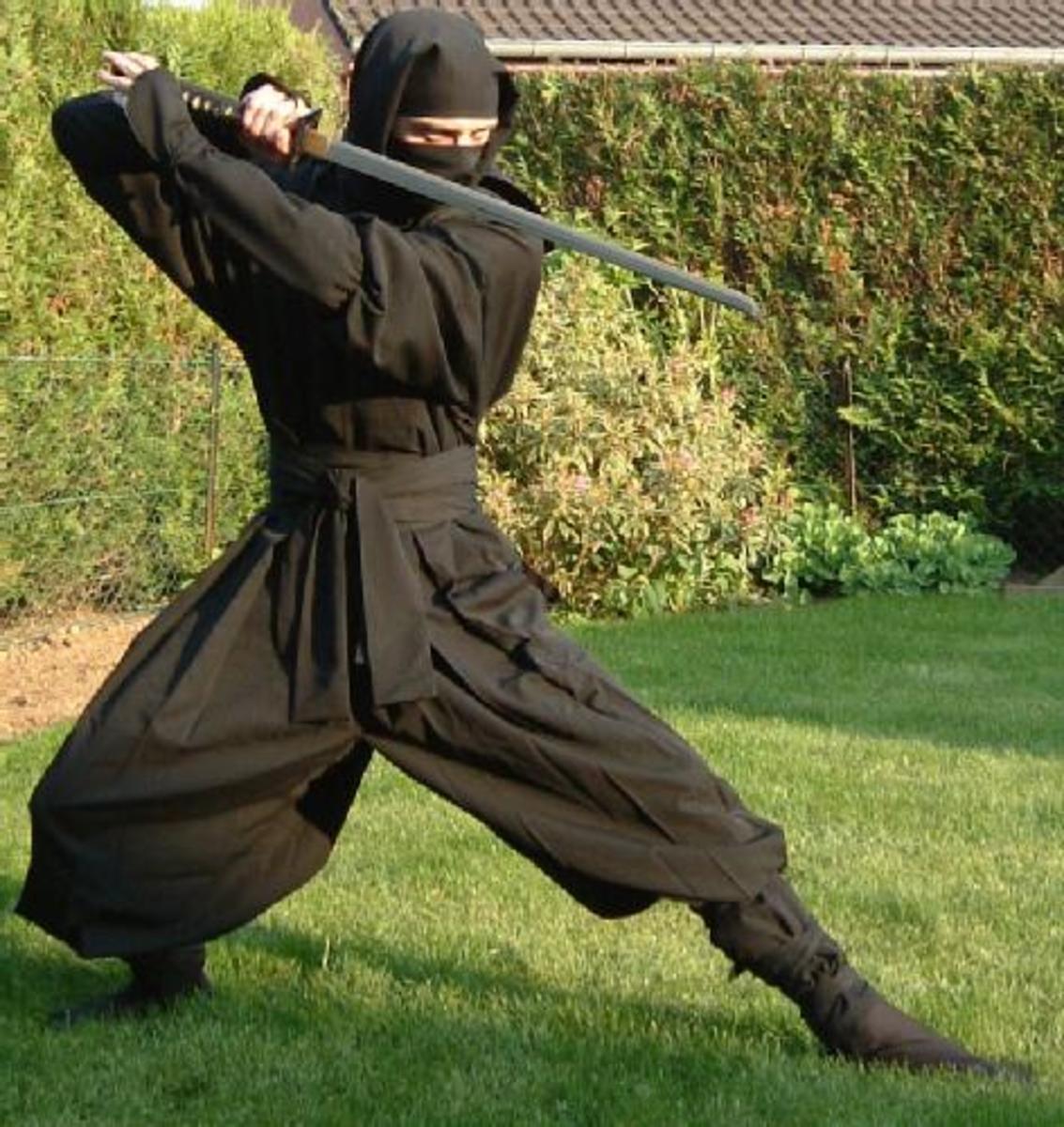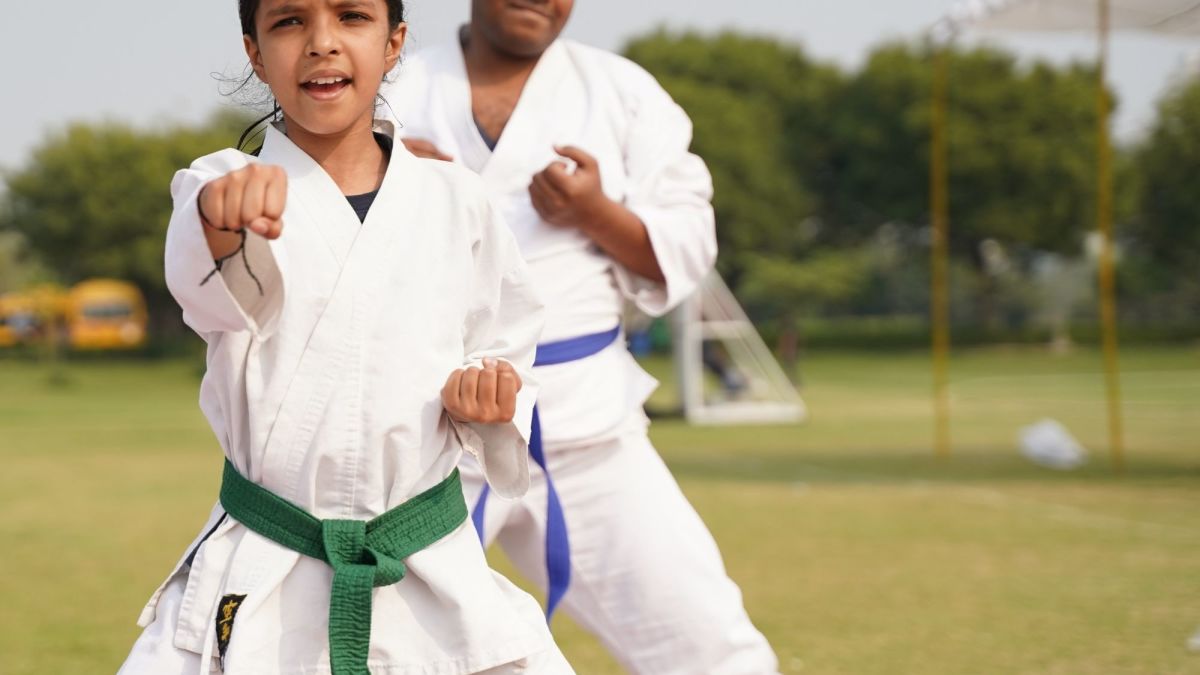Budo, Bujutsu, and Bugei in Japanese Martial Arts and History
Budo, Bujutsu, and Bugei
The terms budo, bujutsu, and bugei as classifications for Japanese martial arts have been used conventionally to discuss the multiple goals and purposes of traditional Japanese combative training:
Bujutsu or warrior skills, represents the many Japanese martial arts in their original function as arts of war; budo, or the warrior’s way, describes the process of self-development and self-realization through the study of bujutsu; and bugei, or warrior arts, is an all-purpose phrase to denote the standard Japanese military sciences, including both bujutsu and budo.
Origins of Budo and Bujutsu
Budo and bujutsu became popular during the medieval period of Japan. Budo, appearing in print first in the 13th century, is believed to have been had an obscure meaning until the Tokugawa era, when it came to carry special connotations. 19th-century thinker Aizawa Yasushi made a distinction between budo and bugei writing:
"The arts of the sword, spear, bow and saddle are the bugei; to know etiquette and honor, to preserve the way of the gentleman, to strive for frugality, and thus become a bulwark of the state, is budô.”
Some Tokugawa-era thinkers viewed budo as the code of conduct, rather than a military discipline, of the warrior classes. In the Meiji Period, however, sources often use bujutsu interchangeably with bugei in a fashion that both implies a composition of moral, spiritual, and social elements, and also technical skill.
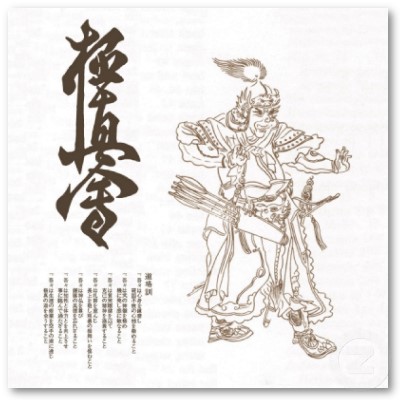
Kenjutsu or Kendo, Bujutsu or Budo
Western experts often insist that masters of martial disciplines started substituting the suffix jutsu, or art / skill, with do, or way / path, during the Japanese Tokugawa period (A.D. 1600–1868) in the official naming conventions of their art forms, to emphasize the sublime over the purely technical usage and purposes of martial arts.
Kenjutsu, or the art of swordsmanship, became kendo, or the way of the sword; bujutsu, or the martial skills, became budo, or the martial way; and so forth.
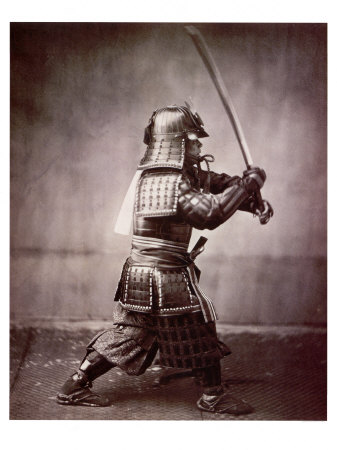
Many names of Samurai Swordsmanship
According to historical record, the samurai made use of a myriad of different of phrases to name their fighting disciplines. Swordsmanship, for instance, was named kenjutsu, kendo, kenpo, hyoho, tojutsu, gekken, shigeki no jutsu, and so on, with no differentiation in content or form.
Bugei and Hyoho (Heiho)
Two of the oldest terms used to denote martial disciplines, bugei and hyoho (heihô in modern usage) were Chinese borrowings turning up in Japanese texts at the turn of the 8th century.
The conventional meanings of these terms overlap to a great extent, but by the Tokugawa era, hyoho had come to denote only swordsmanship, instead of remaining in use as a general term for martial art. Bugei, on the other hand, had turned into a collective phrase for the fighting disciplines.
In today's use, heiho simply means strategy in general, but experts of the field and masters of swordsmanship commonly apply it in more restricted manner to assign a name to the principles around which the approach of a certain school to combat is actualized.



